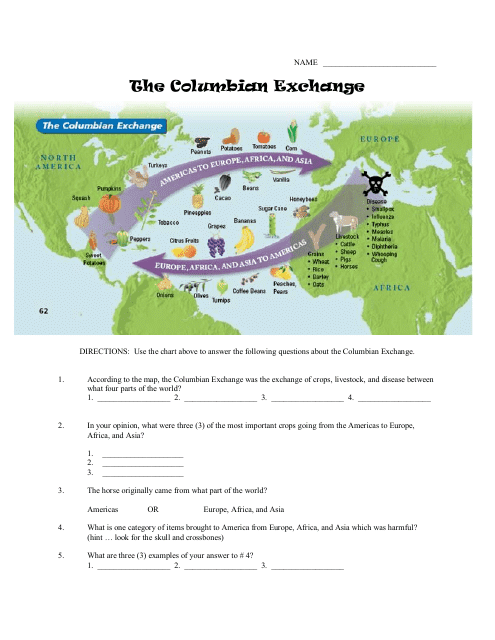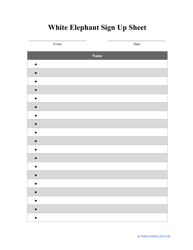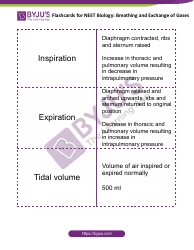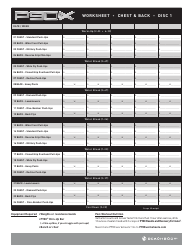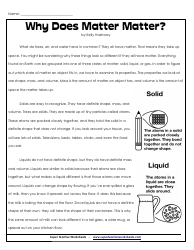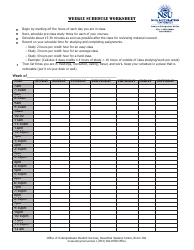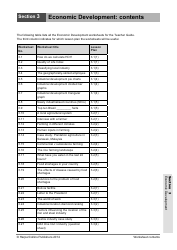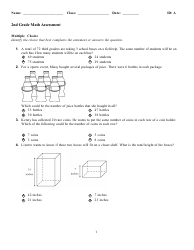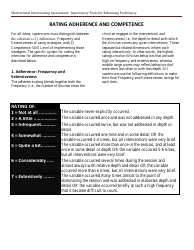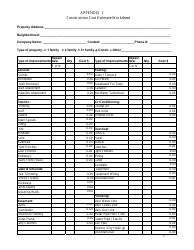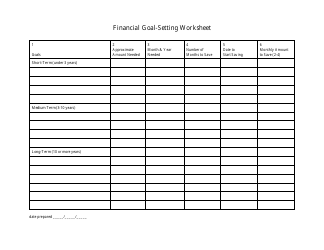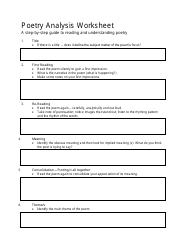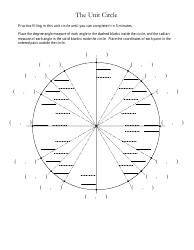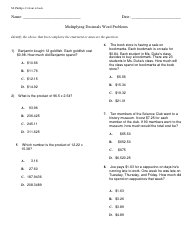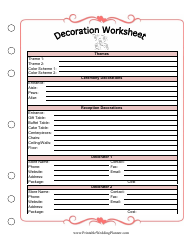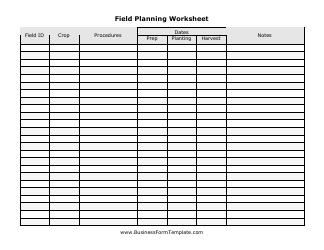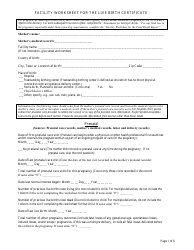The Columbian Exchange Worksheet
The Columbian Exchange Worksheet is a learning tool used to study and understand the historical exchange of goods, ideas, and diseases between the Old World (Europe) and the New World (the Americas) during the Age of Exploration. It helps students analyze the impact of this exchange on both continents.
FAQ
Q: What is the Columbian Exchange?
A: The Columbian Exchange refers to the widespread transfer of plants, animals, humans, diseases, and ideas between the Eastern and Western Hemispheres following Christopher Columbus' arrival in the Americas in 1492.
Q: What were some examples of plants that were exchanged during the Columbian Exchange?
A: Some examples of plants exchanged during the Columbian Exchange include potatoes, tomatoes, corn, tobacco, and cocoa.
Q: What were some examples of animals that were exchanged during the Columbian Exchange?
A: Some examples of animals exchanged during the Columbian Exchange include horses, pigs, cows, and chickens.
Q: What were some of the negative consequences of the Columbian Exchange?
A: Some negative consequences of the Columbian Exchange include the spread of diseases to indigenous populations, the displacement and mistreatment of indigenous peoples, and the introduction of invasive species.
Q: What were some of the positive consequences of the Columbian Exchange?
A: Some positive consequences of the Columbian Exchange include the introduction of new food crops, the development of new trade routes, and the exchange of ideas and technologies.
